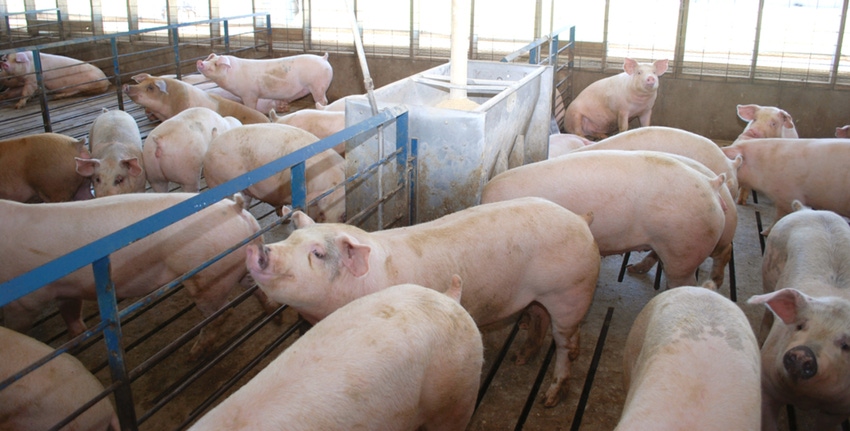Bill would indemnify producers for hog euthanizing
Rep. King introduces bill to pay producers 35-70% of market price for hogs depending on number of hogs euthanized.

Hog producers continue to face the unwanted decision of whether to euthanize hogs as pork processing capacity slowed due to COVID-19. In an effort to indemnify hog producers for their losses, Rep. Steve King (R., Iowa) introduced a bill to provide federal relief.
Preliminary estimates indicated pork producers faced euthanizing 1.25 million healthy, market-ready hogs. Now those estimates range as high as 10 million by September.
In a media call Monday afternoon, King explained as many as 2-4 million hogs may likely be euthanized as production capacity comes back online. Iowa, the leading hog producing state, has returned processing capacity to 78%, and nationally pork processing is at 85%.
In recent weeks, King said he floated a draft bill with the main principle to save pork producers who can be saved. “We don’t want to see more vertical integration in livestock,” which has left the sector “vulnerable,” King said.
Key provisions in King’s legislation have been included to ensure that American taxpayer dollars are directed to primarily American family producers by excluding both foreign-owned and packer-owned hogs from payment eligibility.
The King bill also creates a structured payment system for covered producers. Under the terms of the King bill, the Secretary of Agriculture shall reimburse—
for the first 50,000 hogs of such covered producer, 70% of the cost of such losses of such covered producer;
for up to 50,000 hogs in addition to paragraph (1), 55%of the cost of such losses of such covered producer; and
for up to 100,000 hogs in addition to paragraph (1) and (2), 45% of the cost of such losses of such covered producer.
for any amount of hogs in addition to paragraphs (1), (2), and (3), 35% of the cost of such losses of such covered producer.
In determining the amount of losses for purposes of the payment rates under the King legislation, the Secretary shall use the average weekly price (as determined by the Secretary of Agriculture) for a market-ready hog. Under the legislation, a market-ready hog is defined as one that is at least 300 pounds and ready for market.
King said the 300 lb. level was set so not to encourage producers to euthanize hogs for the payment, since most processors begin docking hogs at 311 or 312 lbs., and producers were doing everything they could do to prevent having to euthanize the hogs. “We wanted to make sure not only market ready, but heavy.” Typical market weights typically average 282-286 lbs.
The sliding payment rate scale also offers a higher percentage to smaller producers. “The larger you are, the more leverage you have to market your hogs and less of a chance to euthanize a large percentage of your herd,” King said.
King currently does not have any co-sponsors, but he anticipates two initial early supporters would be House Agriculture Committee chairman Collin Peterson (D., Minn.) and Rep. Mike Hagedorn (R., Minn.) who previously held a press conference with King at the JBS plant when the crisis began to heighten.
A copy of King’s legislation, officially numbered HR 7051, may be seen at this link.
About the Author(s)
You May Also Like





